
What Are the Five Main Components of a Lead Acid Battery?
2025-02-21 18:00Lead-acid batteries have been in use for more than a century and continue to be an essential technology in various applications, from powering vehicles to providing backup energy storage. While newer battery technologies such as lithium-ion are becoming more prevalent, lead-acid batteries remain popular due to their reliability, cost-effectiveness, and durability. To understand how these batteries work, it's crucial to examine the key components that make up a lead-acid battery. Below are the five main components of a lead-acid battery, each of which plays a vital role in the battery’s overall performance and function.
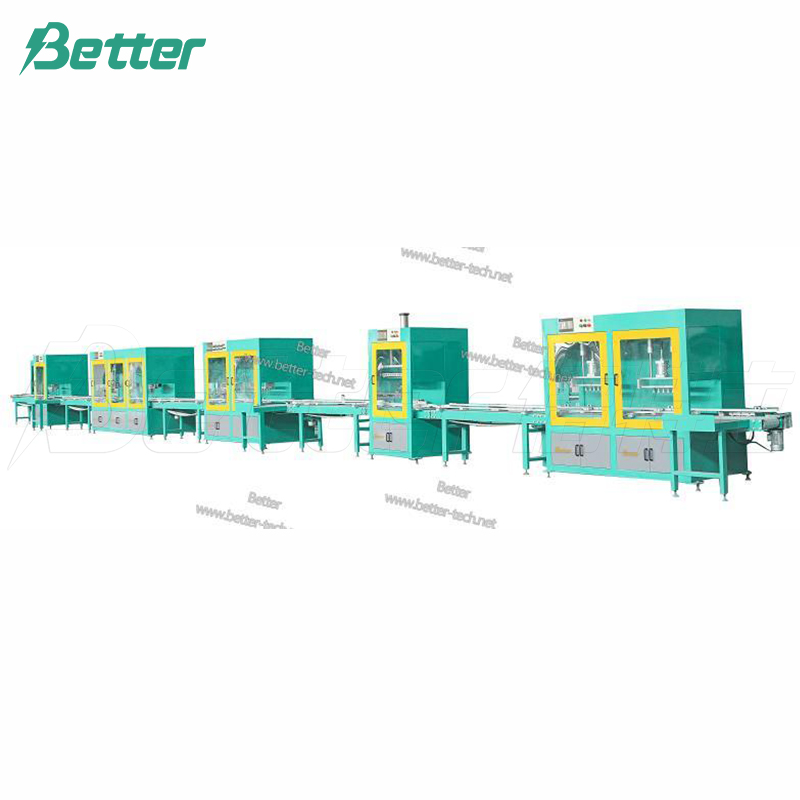
1. Positive Plates (Lead Dioxide)
The positive plates in a lead-acid battery are made from lead dioxide (PbO₂), a compound that plays a critical role in the battery's electrochemical reaction. These plates are typically formed by applying a lead oxide paste to a grid structure made from lead. When the battery is in use, the lead dioxide reacts with the sulfuric acid electrolyte to produce lead sulfate and release electrical energy.
The positive plates are essential for the battery’s ability to store energy. They provide the required surface area for the electrochemical reactions and help determine the overall capacity of the battery. The quality and structure of these plates affect the performance and lifespan of the battery.
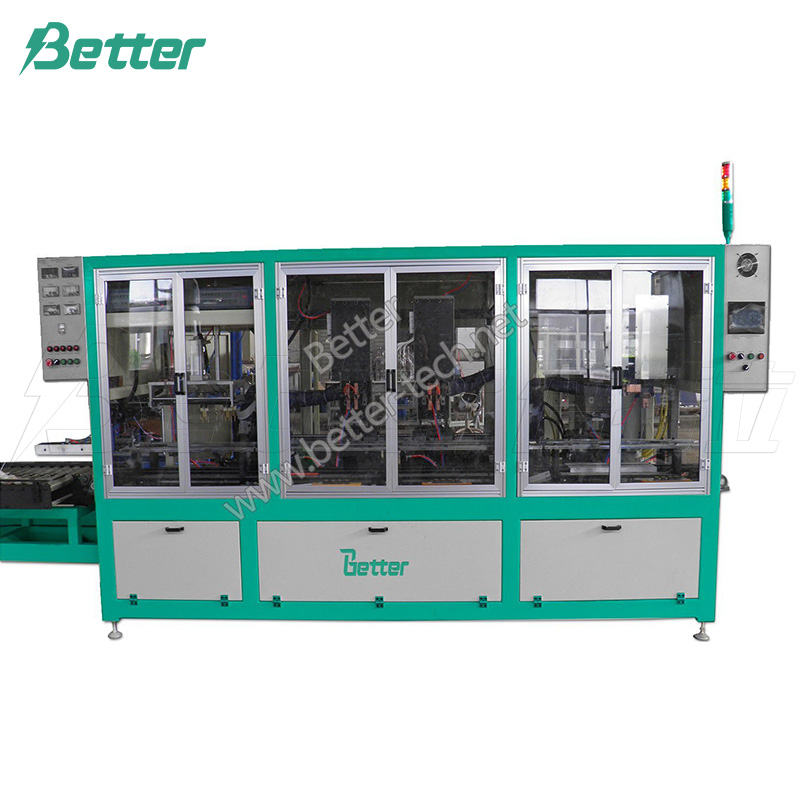
2. Negative Plates (Spongy Lead)
The negative plates of a lead-acid battery are made from spongy lead (Pb), which is a porous form of lead. These plates also undergo electrochemical reactions similar to the positive plates, but in reverse. When the battery discharges, the lead reacts with the sulfuric acid electrolyte to form lead sulfate and release electrons. When the battery is being recharged, the lead sulfate converts back into spongy lead, which allows the battery to store energy for future use.
The spongy lead is designed to provide a large surface area to facilitate these reactions. The integrity of the negative plates is crucial for the battery’s performance, as it impacts the battery’s charge/discharge cycle efficiency and overall lifespan.
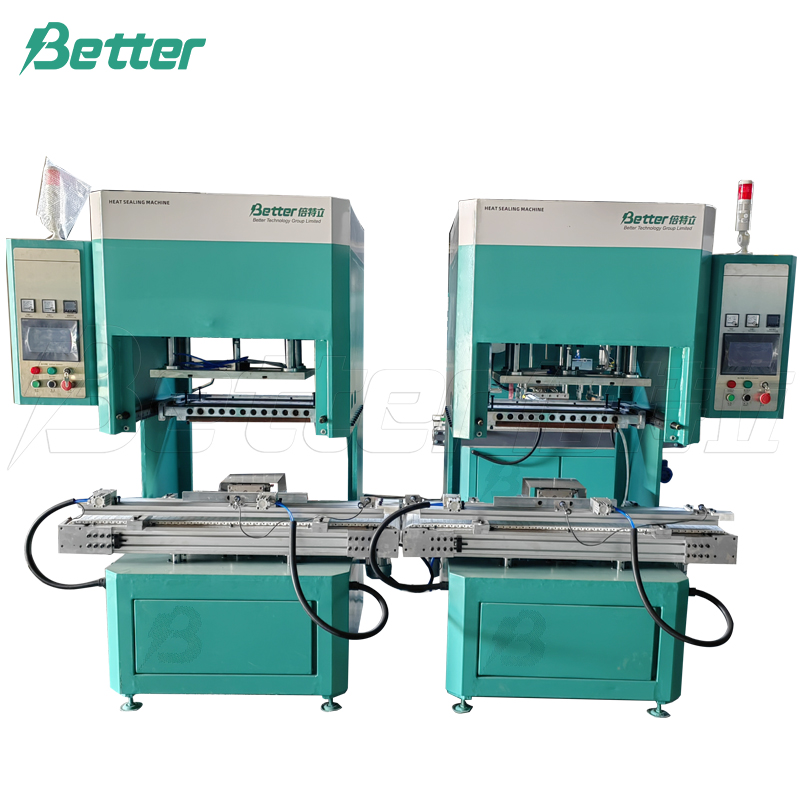
3. Electrolyte (Sulfuric Acid Solution)
The electrolyte in a lead-acid battery is a mixture of sulfuric acid (H₂SO₄) and water. This electrolyte facilitates the electrochemical reaction between the positive and negative plates. During discharge, the sulfuric acid reacts with the lead plates to produce lead sulfate and release energy. When the battery is recharged, the lead sulfate turns back into lead and lead dioxide, and the sulfuric acid solution is regenerated.
The concentration of sulfuric acid in the electrolyte is a key factor in determining the battery’s voltage and capacity. As the battery discharges, the sulfuric acid concentration decreases, and the electrolyte becomes more diluted. Monitoring and maintaining the correct acid level is important for battery longevity and performance.
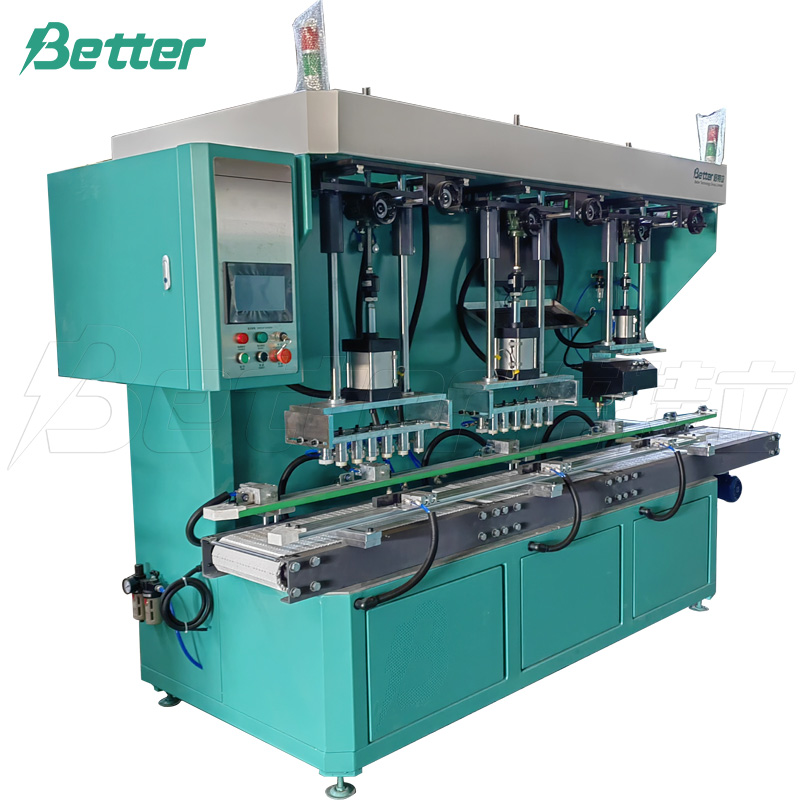
4. Separators
Separators are non-conductive materials placed between the positive and negative plates in a lead-acid battery to prevent short circuits. These separators are typically made from porous materials, such as polyethylene or rubber, that allow ions to pass through while keeping the lead plates from coming into direct contact with each other.
The separator ensures that the electrochemical reactions can occur without the plates touching, which would otherwise cause a short circuit and render the battery ineffective. In addition, the separator plays a crucial role in the overall efficiency of the battery by helping to manage the flow of ions between the positive and negative plates during charging and discharging.
5. Battery Case (Housing)
The battery case or housing is the outer shell that encloses all the internal components of the lead-acid battery. It is typically made from a durable, acid-resistant plastic such as polypropylene or ABS (acrylonitrile butadiene styrene). The case not only protects the internal components from physical damage but also serves as an insulating barrier to prevent the sulfuric acid electrolyte from leaking.
The case is designed to be rugged and resistant to corrosion, as it needs to withstand harsh environments, particularly in automotive and industrial applications. It also provides a secure environment to hold the electrolyte, ensuring that the internal components remain submerged in the acid solution during the battery’s operation.
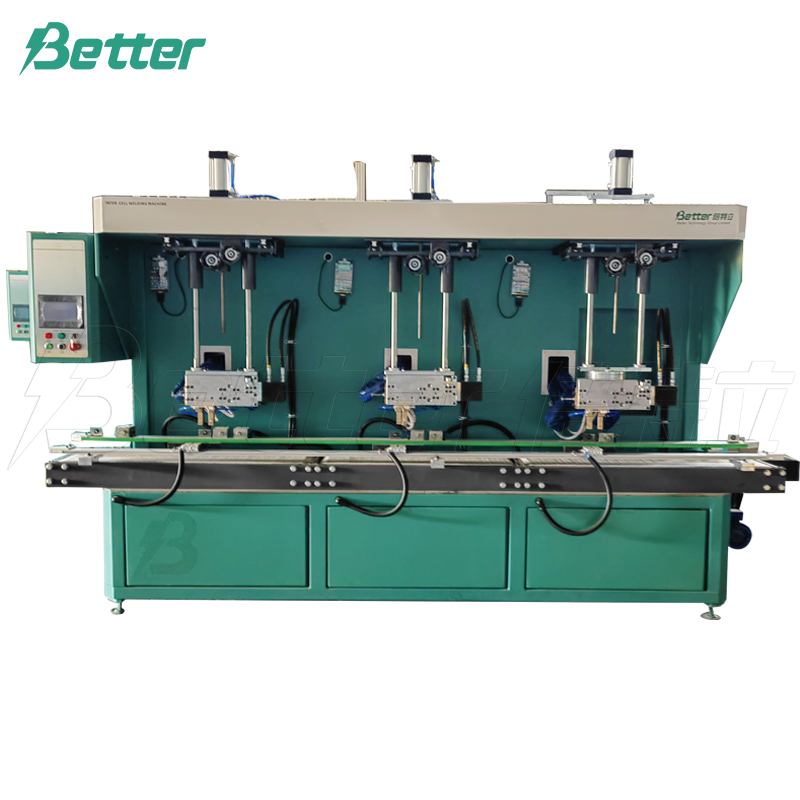
Conclusion
The five main components of a lead-acid battery — positive plates, negative plates, electrolyte, separators, and battery case — work together to create the electrochemical reactions necessary for energy storage and release. Each component plays a specific role in the battery's ability to generate and store power, and the quality and design of these components directly affect the battery’s overall performance, lifespan, and reliability.
Understanding these key components can help in selecting the right lead-acid battery for a specific application, whether it's for use in vehicles, backup power systems, or other energy storage needs. By maintaining proper care and monitoring, lead-acid batteries continue to serve as a reliable, cost-effective solution in a wide variety of industries.
